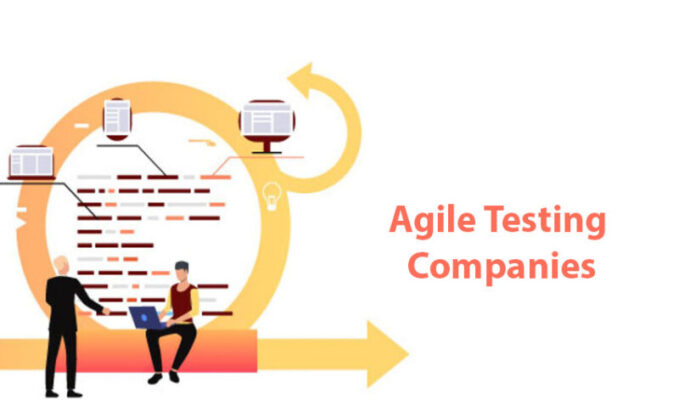Unit testing is a software testing method through which individual units of source code, sets computer modules with associated operating processes, usage processes, and control data. This is done to see if it is actually fit for use. This has great significance in the banking industry.
Keeping this scenario in mind, we are presenting you with some difficulties that banks encounter when it comes to unit testing.
1. Dealing with Traditional Technologies
The majority of the bank tends to depend on the legal systems and traditional technologies. However, they do not shed all of that burden, even as they update all the segments of their business.
This makes unit testing very difficult. This practice didn’t really become normal the way we know it today until the early 2000s. Therefore, if you want to set up unit testing around these techs you frequently have to retrofit it ingeniously. Logically, this does not happen regularly. This means that variations to these systems usually occur without any sort of safety net in the form of unit tests.
2. Resistance Associated with Regulatory and Other Compliance
The occurrence of the majority of the legacy systems is not the sole source of inertia and friction connected to unit testing. Just as great a culprit inclines to be the bank’s risk footprint.
You might have observed at some point in your life that banks have a tendency to handle so much finance. When companies handle finance, they find themselves subject to a dizzying range of regulations and compliance standards. It is difficult to complain regarding this as a consumer. This is because it means you can count on the bank keeping your money when you show up to extract it.
Nevertheless, all of this regulation means each area of the bank allocates a majority of time screening and re-screening everything they do and utilize, entailing their technology. Therefore, if you want to implement a mocking library or a unit testing framework, you have so much work to do in comparison with a startup.
You must have legal approval in a bank to use the library for the beginners. The purchasing department, the architectural standard group, the security group, and different other entities perhaps come under this category if you want to utilize that test framework.
This implies across the board to everything that you are trying to utilize and not only testing the frameworks. However, when it comes to banking app testing, testers are unable to get that framework or mocking tool approved. This is a common hurdle to clear.
3. Apparent Unit Testing Methods
One of the most faced unit test adoption anti-patterns wee witness at all types of companies is this. Management notices a quality issue and, eventually shakes off traditional thinking. The consultants say they require unit testing; therefore, they are going to roll out unit testing. They can measure their unit testing maturity via metrics like code coverage and the number of teams in amenability with coverage minimums.
Apparently, this sounds promising. However, it inclines to lead to counterproductive methods and genuine waste in the form of impractical unit tests.
Read Dive is a leading technology blog focusing on different domains like Blockchain, AI, Chatbot, Fintech, Health Tech, Software Development and Testing. For guest blogging, please feel free to contact at readdive@gmail.com.





